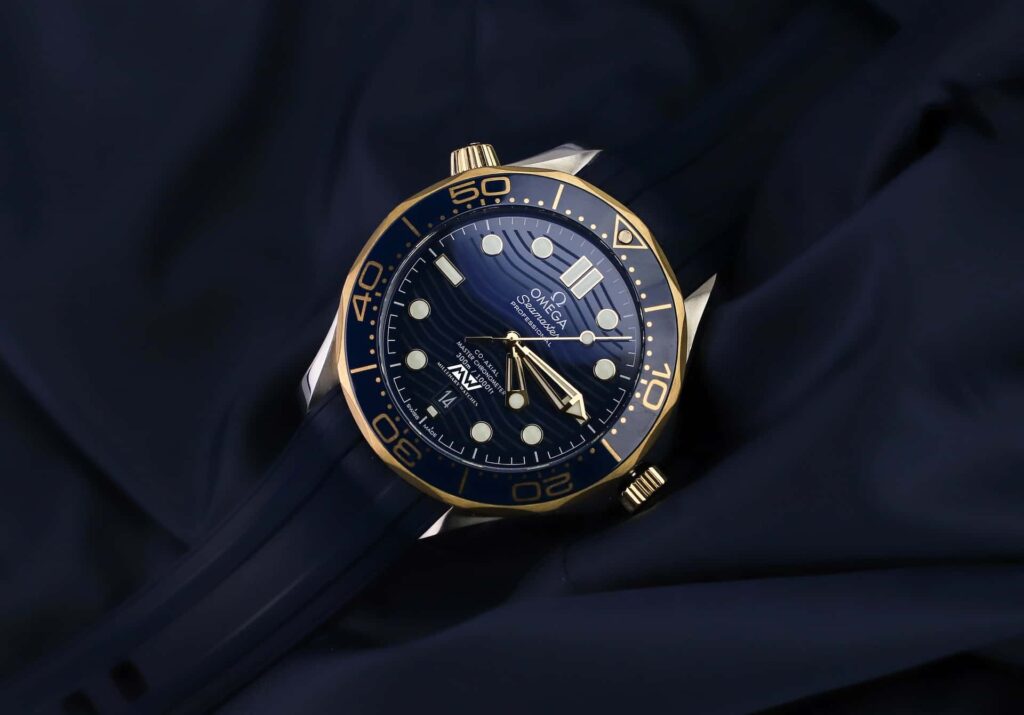How does an automatic watch work?
Mechanical or automatic watches don’t use a battery unlike quartz watches. Mechanical watches need to be manually winded by hand on a daily basis or if self-winding, a rotor weight does the winding while being worn.
In short, a mechanical watch is driven by a tightly wound coil that slowly releases energy as it unwinds. It is this ‘energy’ that is transferred to the hands of the watch that determine the time and other features of the watch like the date or chronograph. Other parts of the watch each play their own role in monitoring the speed, tension and energy stored by the main coil. It’s really quite amazing that even very inexpensive watches that last for years have this fine technology for very little cost.
It is interesting to know that to reduce the friction of the small moving parts, synthetic rubies (or other jewels) are actually added where parts come into contact with each other. Lubrication is also added to provide support for the movement of all its parts.
Depending on how often a mechanical watch is worn, and how active the person is who is wearing it, the watch may still need to be wound once or twice a week to insure there is enough power in the reserve. This is most certainly true with older watches. When fully wound, most mechanical watches will have a reserve between three and four days and more when worn on an active body.

What about electric winders?
When using an electric winder to simulate movement to keep the watch wound, it rotates the watch just enough to keep the coil wound keeping the date and time current. Convenience is the biggest draw in regards to electric winders but it’s also a bonus that it’s a great way to display a watch collection.
Some warn to avoid electric winders with vintage watches because they were not built for constant movement.